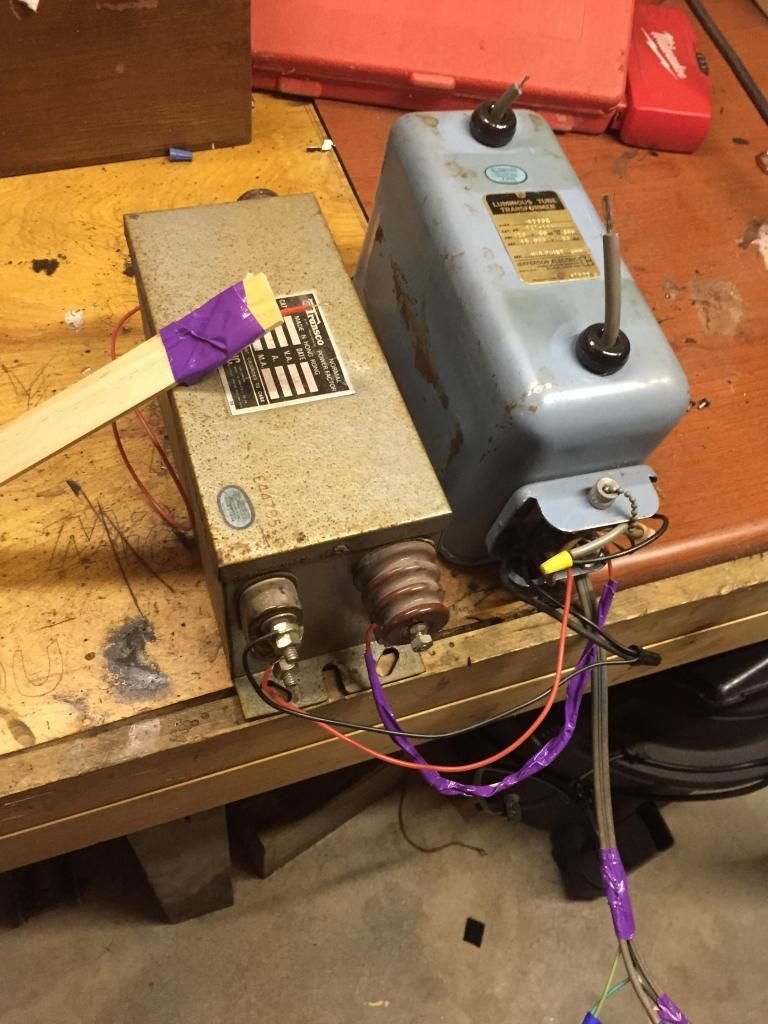Speedy78
0
- Joined
- Dec 17, 2012
- Messages
- 2,081
- Points
- 63
I need a sink like that. May have to go single heat sink with a fan attached to the bottom.

Follow along with the video below to see how to install our site as a web app on your home screen.
Note: This feature may not be available in some browsers.





The DMM lives.As for your NSTs I'd run them both in parallel for 15kV 60mA total. Just be sure to get the phasing right; you should see no arcing (minor tiny sparking when rubbed is fine from small voltage differentials) between joined nodes. If you have a sacrificial $5 multimeter, measure the voltage between the to-be-joined terminal nodes and it should be <500V

